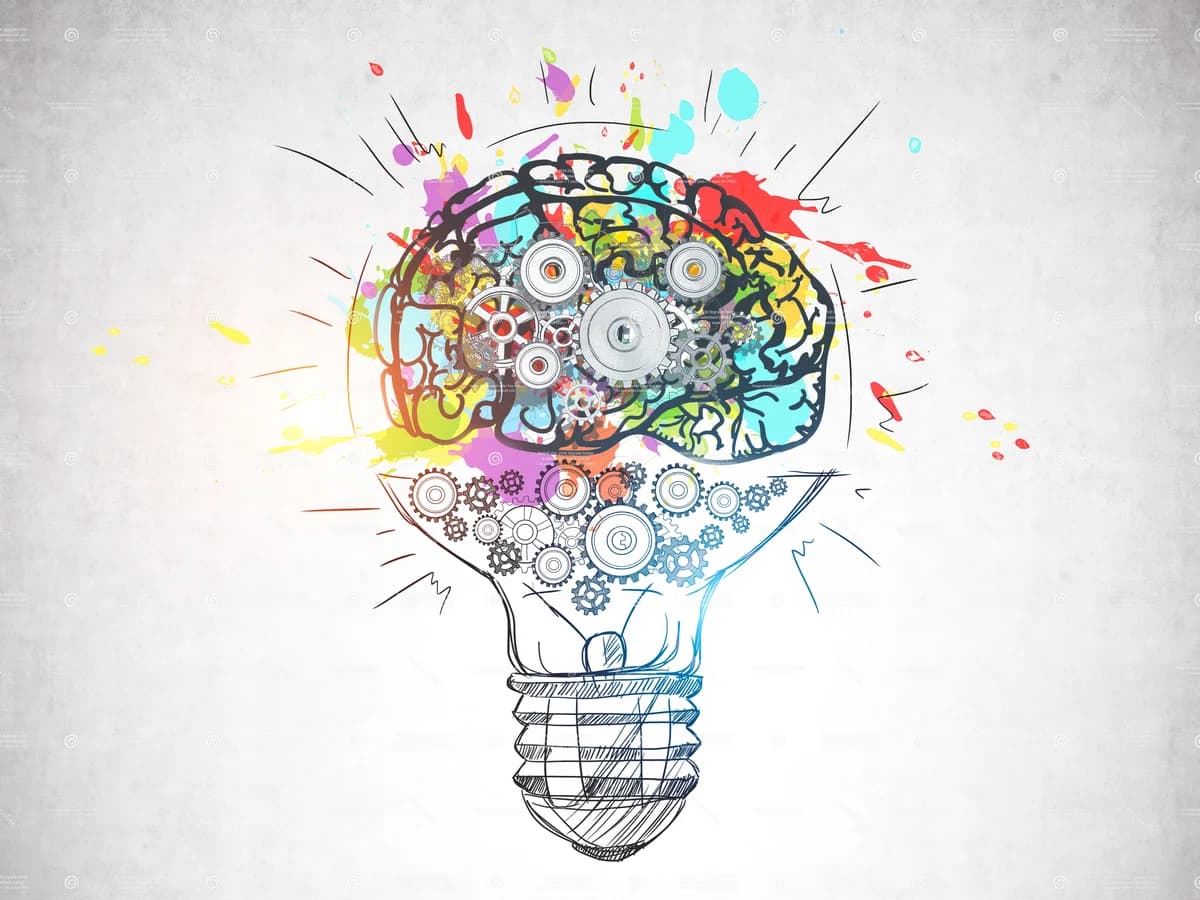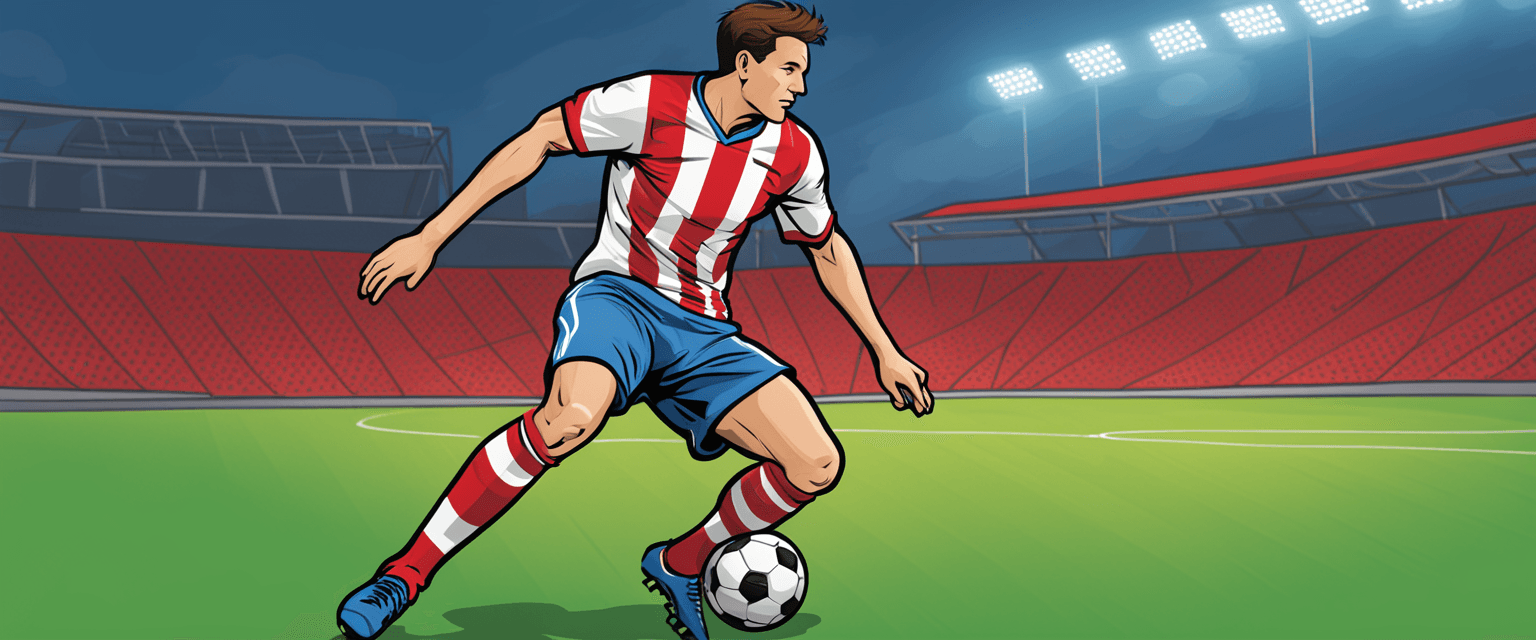
JS Concepts
Writer
Marketing
Strategist


It starts with a clearly defined brand. What’s the saying? “You give me 6 hours to cut down a tree and I’ll use the first 4 sharpening the axe?” Something like that? The brand/aesthetic toolkit is the sharpened axe of the creative world. While template is sometimes seen as a dirty word, it can be useful. Building an accessible system of images, textures, fonts, colors, etc. is essential to efficiency and creates room to improvise and overcome tight turnarounds and unforeseen asks.
From there, I’ll have to borrow from another Philadelphia sports organization and say, “Trust the process.” With the right process in place, and the right people by your side, you can get to a point where, besides the odd fire drill here or there, your team should be able to run fairly smoothly. If you make sure your team, and the client/requester, understands what the basic steps are from the ask to the delivery then even tight deadlines become feasible.
Ideally you’re finding clients and positions that are actively seeking you out for your style, but if you’re not that lucky, it comes down to communication and authenticity. If you feel that your style is warranted, in any small way, in the task you’re facing, then it’s simply a matter of communication with the client. All you can really do is state your case, making sure that you’re speaking of a perspective of why it fits the assignment and not from a place of ego. However, you have to also take into account whether your style is authentic and fitting for the client’s brand. If it’s not, then you need to tailor your work to that and not your own personal biases.
I’m not sure I have a ritual, per say. Oftentimes when I’m creating something new, instead of starting with a blank document or Photoshop file, I will open up a design or illustration I have done in the past and really like and start my new project within that file. (Always make sure to Save As right away if you do this!) Something kind of superstitious in me says that this new design will have the “good juice” in it. When it comes down to my process this is the basic process I tend to follow.
You know that lame answer on a job interview where you say your weaknesses are actually your strengths? Yeah, I’m going to do that here. When I started here, the team was a small fish in the big pond that is the Philadelphia sports landscape. We were unknown, not terribly great on the field, new to town, and fighting to stand out amongst giants. What that meant was that we could do things differently. We not only got to do things like use aesthetics that would feel more at home perhaps in the music scene than the sports world and hire positions like Chief Tattoo officer, we were encouraged to do so because that was our brand. We were young, fearless challengers. We did not care how things were done, because we had to find ways to do them so that everyone would take notice. Our nascense was our greatest strength. We weren’t tied down by the weight of 100s of years of history and traditional ways things were done. We were writing history in real time and flying the plane as we built it. I would be hard pressed to find an established club that would allow for the kind of divergent thought and unique exploration that we were able to pursue.
Because we were such a small team at the beginning, I was also afforded opportunities that would have most likely gone to larger outside creative agencies. Things like creating mascots, illustrating dozens of matchday posters, even dressing like a “Stormdooper” (‘Doop’ is the Union goal chant, taken from the chorus of “Maria (I Like it Loud)”) for Star Wars night would have passed me by had I been working for a larger, older club.
Working in sports is definitely a unique experience. There are ups and downs, positives and negatives. While the hours can often be long and the work seemingly never ends, the comradery and collaboration is heightened to a level that is unmatched.
The biggest impact the industry has on the creative process is that the intrinsic narrative of the season influences the creative and the storytelling more than any sort of brand strategy or aesthetic direction will. Which players to focus on or to pull focus from, what matches have extra importance, and even what colors you use, is often dictated by who’s hot, who’s out of favor with the fanbase, and what’s going on in the standings.
This can be both challenging and liberating. As the truest form of drama, sports provides an innate sense of spectacle that, with the right team, process, and brand strategy in place, can be very easily harnessed to produce incredible content and imagery that will live on in the hearts and minds of fans for years.
When trying to make a system that is adaptable to a growing brand, flexibility is absolutely key. One way that you can try to ensure that you won’t fall victim to rigidity and ultimately grow stale or contradictory is simply to increase the quantity of elements. The more “tools” you give yourself and your team the more pliable your system becomes.
Even if the project you're working on is something that is wildly different from your own personal aesthetic, you can still bring your style to your approach to it. As a creative, I love to focus on story and narrative. No matter how big a project is, it’s telling a story to someone if it’s well crafted. I often spend a lot of time on the front end of the project, before any design even happens, fleshing out the story with words. After I have that base I better understand what to create in terms of aesthetics. Whatever those turn out to be, I’ve already put my own style into the work regardless of whether it looks like I’ve designed it or not.
In 2017 the Philadelphia Union decided it was time to create a mascot. As a frequent attendee of the Phillie Phanatic’s birthday as a kid, I grew up to be a massive fan of mascots so I was incredibly excited by the prospect of not only a character design project, but one that could possibly be that something that makes a future child a life-long Union fan. Our first step was to sketch out any and all animals or creatures that we thought could possibly fit our team. That first round included everything from a bear to a river monster and everything in between. In order to figure out what kind of character would best suit our team, we decided to go straight to the target demo – children.
For the next phase we enlisted a club legend, Sebastien Le Toux, and a great school teacher, my wife, to participate in and moderate a children’s focus group, respectively. The kids let us know, in no uncertain terms that totally didn’t hurt my feelings at all, which characters were definitely not right and which were “fierce” or “dope” looking. Soon we had our final 2-3 ideas out of perhaps two dozen that we had workshopped throughout the process. After the final round of focus groups and surveys we had our guy, a 7’2” tall (if you include his glorious mohawk) blue snake (replete with arms and legs) named Phang. Just because we had our final idea didn’t mean the work was done though. To build to the final unveiling we wove a narrative to include some great corporate partnership activations. A mysterious golden egg was surprisingly found in the egg section of an ACME market in South Philadelphia. That egg was then taken to the Zoo where it was looked after until hatching.
On September 10, 2018, Phang was born, or should I say re-born, as he broke free from a 10-foot tall golden egg in front of a few dozen excited children and numerous reporters. His existence is the culmination of a long and rewarding process of a team that I will forever be proud to have been a part of.
If I’m being completely honest, as an artist who hasn’t been earnestly practicing illustrations for very long, I’m not sure there’s much in my work that truly sets me apart. I love nice, clean vectors with a nice complimentary color palette. I enjoy a classic cartoon style and try to hit that nostalgia nerve in just the right spot. But, It takes years and years to solidify a style and a truly unique take within the artworld. While it can sometimes feel oppressive, this isn’t (or shouldn’t be) demoralizing. It’s actually freeing. It’s great to be able to try new ideas/styles/colors as I grow and progress through my career.
However, what I do think shows through in my work is my passion for, and eagerness to celebrate and share, the subjects of my work. A vast majority of my artwork comes from a place of love. What I choose to draw are almost entirely things that bring me great joy to remember, discuss, or think about. I want to give people who look at my art that same feeling of cheerful recollection and warm satisfaction that I’m having while creating it.








